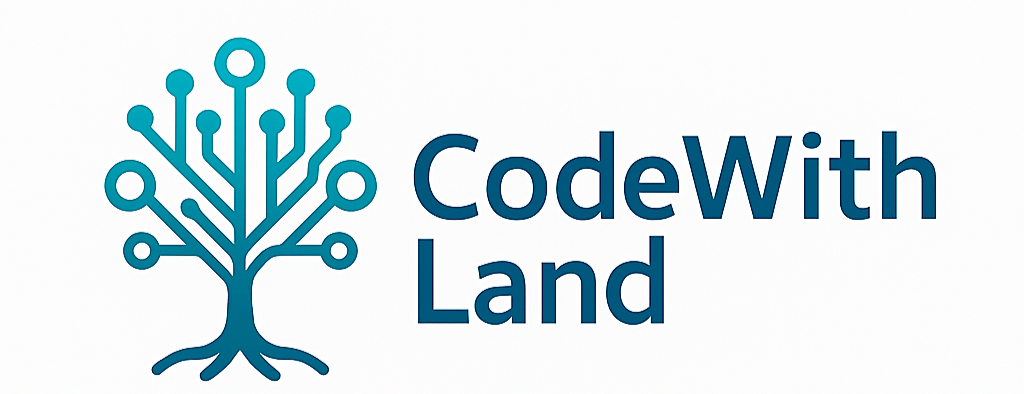Deep Learning in Python: A Practical Guide to Building Your First Image Classifier
if you've ever been curious about how machines can recognize images — like telling the difference between cats and dogs — you're in the right place. In this guide, we'll walk through the basics of deep learning using Python to build your very first image classifier.
What is Image Classification?
Image classification is a type of computer vision task where a model is trained to assign a label to an image. For example, you might want your program to look at a picture and say, "That's a cat" or "That's a dog."
Why Python?
Python is one of the most popular languages for machine learning and deep learning thanks to its simplicity and the vast ecosystem of libraries like TensorFlow, Keras, and PyTorch. It's perfect for beginners and professionals alike.
Tools You’ll Need
Python 3.8+
TensorFlow or PyTorch
Keras (if using TensorFlow)
NumPy, Matplotlib
Jupyter Notebook or VSCode
Step-by-Step: Building Your First Image Classifier
Step 1: Install Dependencies
pip install tensorflow numpy matplotlib
Step 2: Load and Prepare the Dataset
We'll use the built-in CIFAR-10 dataset, which contains 60,000 32x32 color images in 10 classes.
Step 3: Create the Model
import tensorflow as tf
from tensorflow.keras.datasets import cifar10
(x_train, y_train), (x_test, y_test) = cifar10.load_data()
x_train, x_test = x_train / 255.0, x_test / 255.0
model = tf.keras.models.Sequential([
tf.keras.layers.Conv2D(32, (3,3), activation='relu', input_shape=(32, 32, 3)),
tf.keras.layers.MaxPooling2D((2, 2)),
tf.keras.layers.Conv2D(64, (3,3), activation='relu'),
tf.keras.layers.MaxPooling2D((2, 2)),
tf.keras.layers.Flatten(),
tf.keras.layers.Dense(64, activation='relu'),
tf.keras.layers.Dense(10)
])Step 4: Compile and Train
model.compile(optimizer='adam',
loss=tf.keras.losses.SparseCategoricalCrossentropy(from_logits=True),
metrics=['accuracy'])
model.fit(x_train, y_train, epochs=10, validation_data=(x_test, y_test))Step 5: Evaluate the Model
test_loss, test_acc = model.evaluate(x_test, y_test, verbose=2)
print(f'\nTest accuracy: {test_acc}')Final Thoughts
You just built a basic image classifier! While this is just the beginning, you've now laid the foundation for more advanced applications in computer vision.
Whether you want to dive deeper into CNN architectures, experiment with data augmentation, or deploy your models, the possibilities are endless. Happy coding!



.png)

